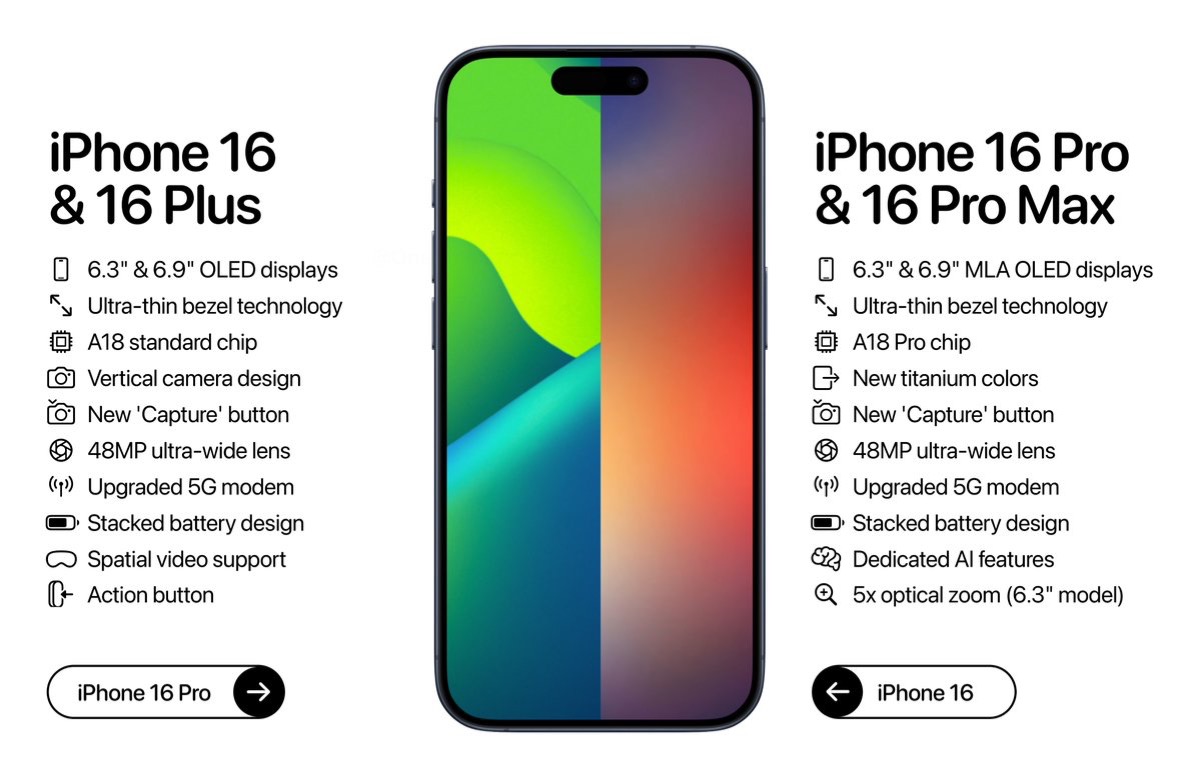Brightness measurement on OLED screens is a bit more complicated than on IPS models. The latter shows the same backlight brightness in any situation. On the other hand, OLEDs can only apply peak brightness to very small areas of the screen. If you display a completely white image on the entire screen, OLEDs automatically darken, also to prevent burn-in. However, the scaling fields of the XRite i1Pro3 cannot be made pixel small, so scaling will not work.
In addition to this problem, there is also a difference in SDR / HDR display mode. OLEDs usually achieve their maximum brightness in HDR. However, this mode is very dynamic and therefore not suitable for content creators when editing photos and videos. Therefore monitors are calibrated in the darkest SDR mode. So, we do most of our measurements in SDR, but we also measure brightness in HDR.
With an APL of 100%, i.e. a completely white area, Philips limits brightness in SDR mode to just 250 nits. We measure lower at an average of 210 nits. In HDR mode and APL 10%, i.e. white space only takes up 10 percent of the screen real estate, Philips talks about 450 nits, but here we’re getting more than 500 nits. With an APL of 3%, Evnia should be able to display around 1,000 nits.
The brightness distribution is okay at 85 percent, but it tapers off slightly towards the bottom edge.

“Unapologetic analyst. Infuriatingly humble coffee evangelist. Gamer. Unable to type with boxing gloves on. Student. Entrepreneur.”






More Stories
“Work hard, play hard”
Powerful GameStar PC with RTX 4070 Super and Core i5
HP Omen Transcend 14: 14-inch gaming notebook